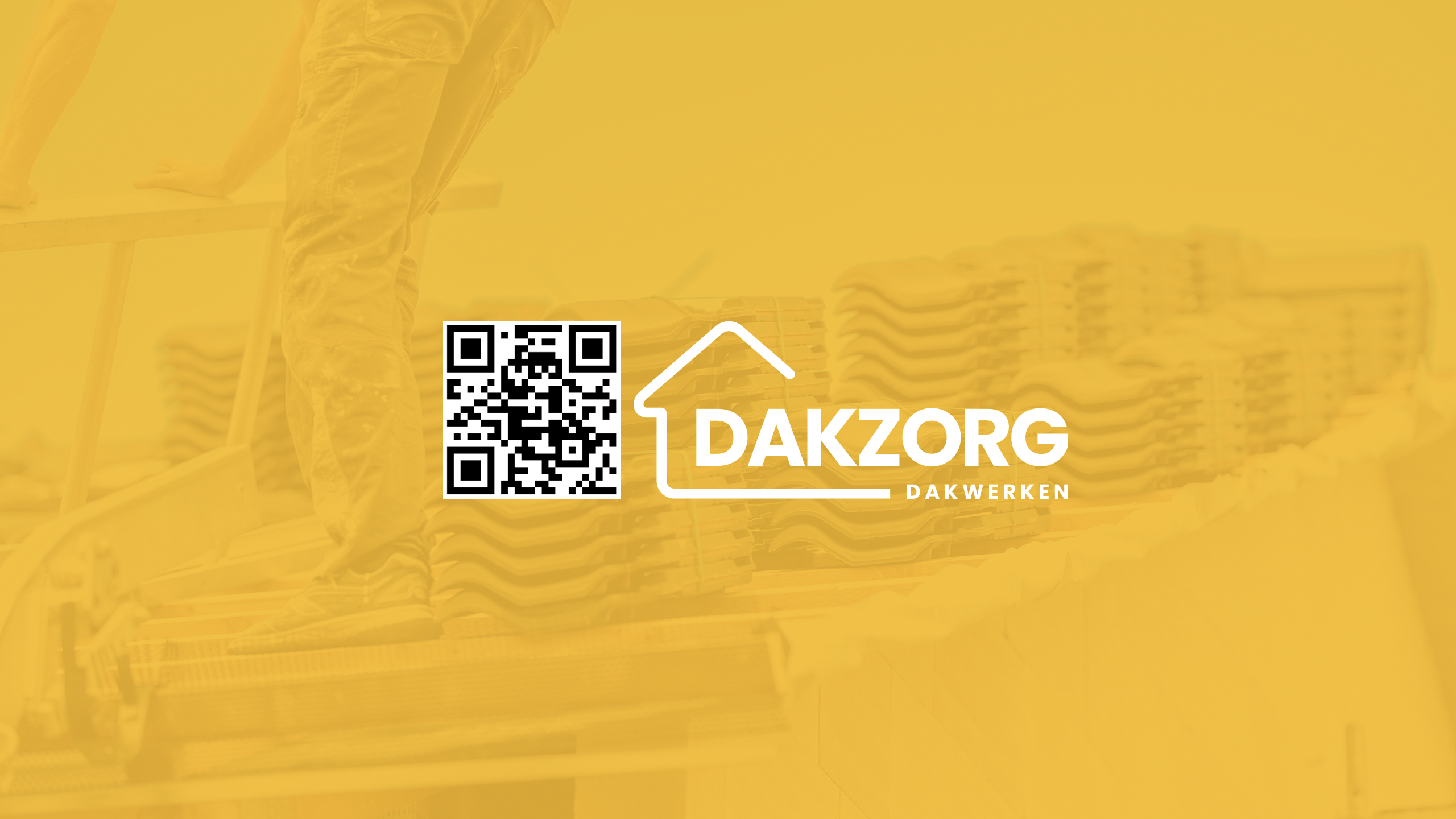Introduction
In an era where sustainability has become a crucial aspect of construction, the quest for eco-friendly solutions has roofing business Apeldoorn never been more relevant. Whether you're a homeowner, contractor, or simply someone interested in roofing practices, understanding eco-friendly roofing options is essential. This guide will take you through various eco-friendly roofing practices specifically tailored for Holland, emphasizing local materials, sustainable techniques, and energy efficiency.
An Insider’s Guide to Eco-Friendly Roofing Practices in Holland
When it comes to roofing in Holland, there are myriad options that not only enhance the aesthetic appeal of a home but also contribute positively to the environment. Utilizing sustainable materials and methods can significantly reduce your carbon footprint and save on energy costs.
What Makes Roofing Eco-Friendly?
Eco-friendly roofing encompasses a range of practices aimed at minimizing environmental impact while maximizing efficiency and durability. Here are some key characteristics:
- Sustainable Materials: Using materials that are recycled, renewable, or sourced from sustainable suppliers. Energy Efficiency: Incorporating designs and materials that improve insulation and reduce energy consumption. Long Lifespan: Choosing durable materials that require less frequent replacement. Water Management: Implementing systems that effectively manage rainwater runoff.
The Importance of Local Materials
Utilizing locally-sourced materials is vital for reducing transportation emissions and supporting local economies. In Holland, consider the following:
- Clay Tiles: Traditionally used in Dutch architecture, clay tiles are durable and provide excellent insulation. Wood Shakes: Sourced from sustainably-managed forests, wooden shakes offer natural aesthetics and thermal efficiency.
Choosing the Right Eco-Friendly Roofing Material
Selecting the optimal material for your roof isn’t just about appearance; it's about functionality too. Here are some eco-friendly options popular in Holland:
1. Green Roofs
- A green roof involves covering your roof with vegetation. Not only does it help insulate your home, but it also absorbs rainwater and promotes biodiversity.
2. Metal Roofing
- Metal roofs are long-lasting and recyclable at the end of their life cycle. They reflect solar radiant heat which helps keep homes cooler.
3. Solar Roof Tiles
- These tiles serve dual purposes—functioning as traditional roofing while generating energy through solar power.
Benefits of Eco-Friendly Roofing Practices
Adopting eco-friendly roofing practices can yield numerous benefits:
Cost Savings: Energy-efficient roofs can lead to significant savings on utility bills over time.
Increased Property Value: Homes with eco-friendly features often have higher resale values due to growing consumer demand for sustainable living.
Healthier Indoor Environment: Sustainable materials often emit lower levels of volatile organic compounds (VOCs), contributing to better indoor air quality.

Financing Your Eco-Friendly Roofing Project
Understanding Costs vs Benefits
When considering an eco-friendly roof installation or renovation project in Holland, it’s essential to weigh up costs versus long-term benefits:

| Material Type | Initial Cost | Lifespan | Energy Savings | Sustainability Rating | |----------------------|--------------|----------|----------------|-----------------------| | Green Roof | $$ | 40 years | High | Excellent | | Metal Roof | $$$ | 50 years | Medium | Very Good | | Solar Roof Tiles | $$$$ | 25 years | Very High | Excellent |
Note: Costs may vary based on location and availability.

Government Incentives for Sustainable Roofing
Holland offers various grants and subsidies aimed at promoting sustainable construction practices. Be sure to check out local programs that may cover part of your roofing expenses.
Maintenance Tips for Eco-Friendly Roofs
No matter how robust your eco-friendly roof is, regular maintenance is key to longevity. Here are some tips specific to the types commonly used in Holland:
1. Green Roof Maintenance
- Regularly check plant health. Ensure adequate drainage systems remain unclogged.
2. Metal Roof Care
- Inspect seams and fasteners for rust or corrosion. Clean off debris regularly to prevent scratches.
3. Solar Tile Upkeep
- Periodically clean panels to ensure maximum sunlight absorption. Monitor for any shading issues from nearby foliage.
Common Misconceptions About Eco-Friendly Roofing
Despite its increasing popularity, several myths surround eco-friendly roofing practices:
Myth #1: They Are Too Expensive
While initial roofing contractor investments tend to be higher than traditional options, long-term savings often outweigh upfront costs due to reduced energy bills.
Myth #2: They Require Excessive Maintenance
Many eco-friendly roofs require similar maintenance routines as traditional roofs; however, proper installation often leads to increased durability.
FAQs About Eco-Friendly Roofing Practices
What types of roofing materials are considered eco-friendly?- Some common eco-friendly materials include clay tiles, metal roofs, wood shakes, green roofs, and solar tiles.
- Consult with a local contractor who specializes in green building practices for an assessment of possible upgrades.
- Yes! Many local governments offer grants or tax incentives for homeowners who choose sustainable building practices.
- Yes! However; structural assessments may be necessary based on your current roof's load-bearing capacity.
- Absolutely! Many modern solar panel systems can be seamlessly integrated into existing designs without compromising aesthetics.
- Yes! Sustainable features are increasingly popular among buyers looking for energy-efficient homes.
Conclusion
As we move toward a more sustainable future, adopting eco-friendly roofing practices becomes vital not just for individual homeowners but for our planet as a whole. By understanding the unique options available in Holland—from locally sourced materials to innovative technologies like green roofs—individuals can make informed decisions that benefit their finances as well as the environment.
With this insider’s guide at your disposal, you’re now equipped with the knowledge needed to embark on your journey towards an environmentally friendly roofing project—one that not only protects your home but also contributes positively to our shared ecosystem!
By prioritizing sustainability today, we pave the way for greener living tomorrow—let's get started!